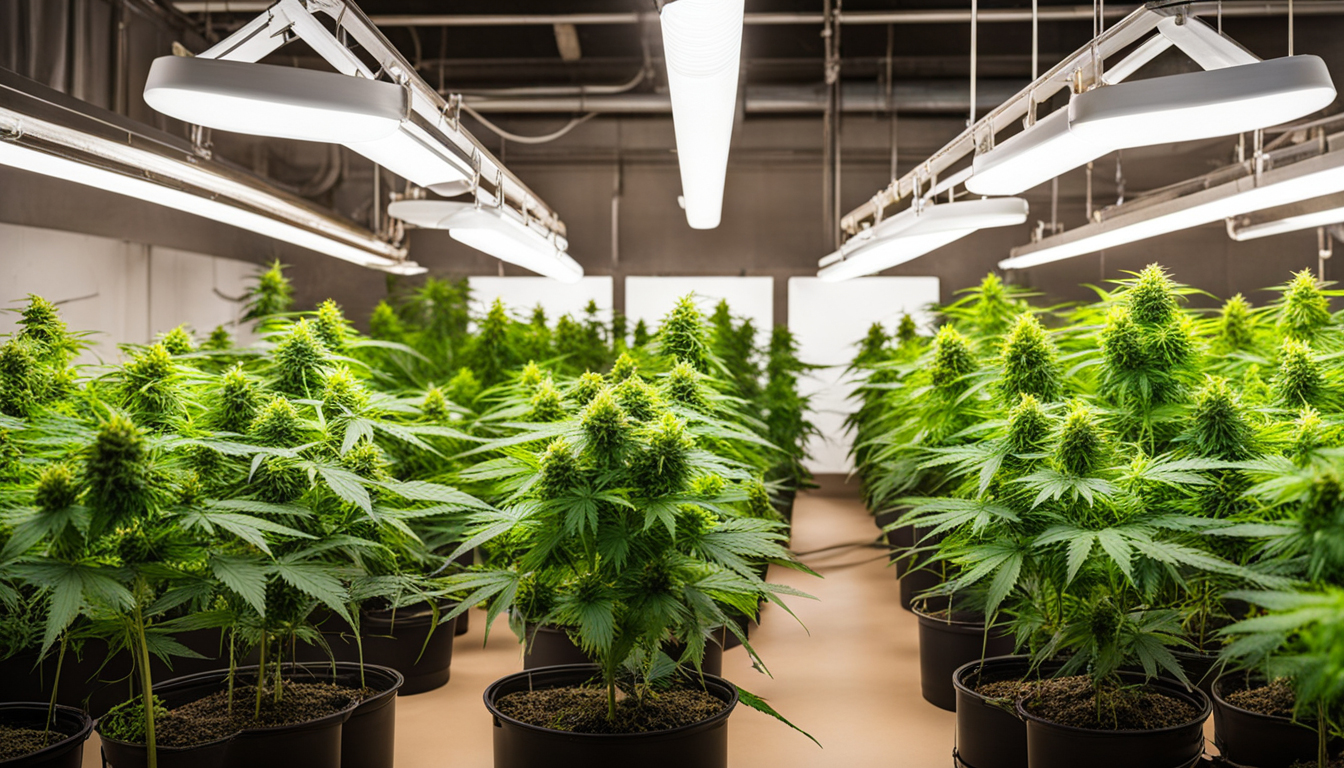
Whether you're just starting out with cannabis cultivation or looking to improve your existing crop, following this complete guide will help you produce bountiful, high-quality yields right at home. With the right supplies, techniques, and care, growing marijuana indoors can be an extremely productive and cost-effective endeavor.
Choosing Cannabis Strains
The first step in planning your indoor grow is selecting the right marijuana cultivars to produce. The three main types of cannabis plants each have their own characteristics.
Sativas
Known for their energizing intellectual effects, these strains spread tall and slender with narrow leaves. They flourish in tropical tropical climates and have a longer blooming time between 2.5-3 months indoors. Top sativa strains include Sour Diesel, Durban Poison, and Jack Herer.
Indicas
Indicas provide relaxing full-body effects and grow short and bushy with wide leaves. Accustomed to colder mountain climates, they bloom faster within 8-9 weeks. Popular indica strains include Granddaddy Purple, Northern Lights, and Bubba Kush.
Hybrids
Hybrid varieties mix traits from both energizing strains and relaxing strains. They offer blended effects and have medium blooming times around 9-10 weeks. Well-known hybrids are OG Kush, Girl Scout Cookies, and Blue Dream.
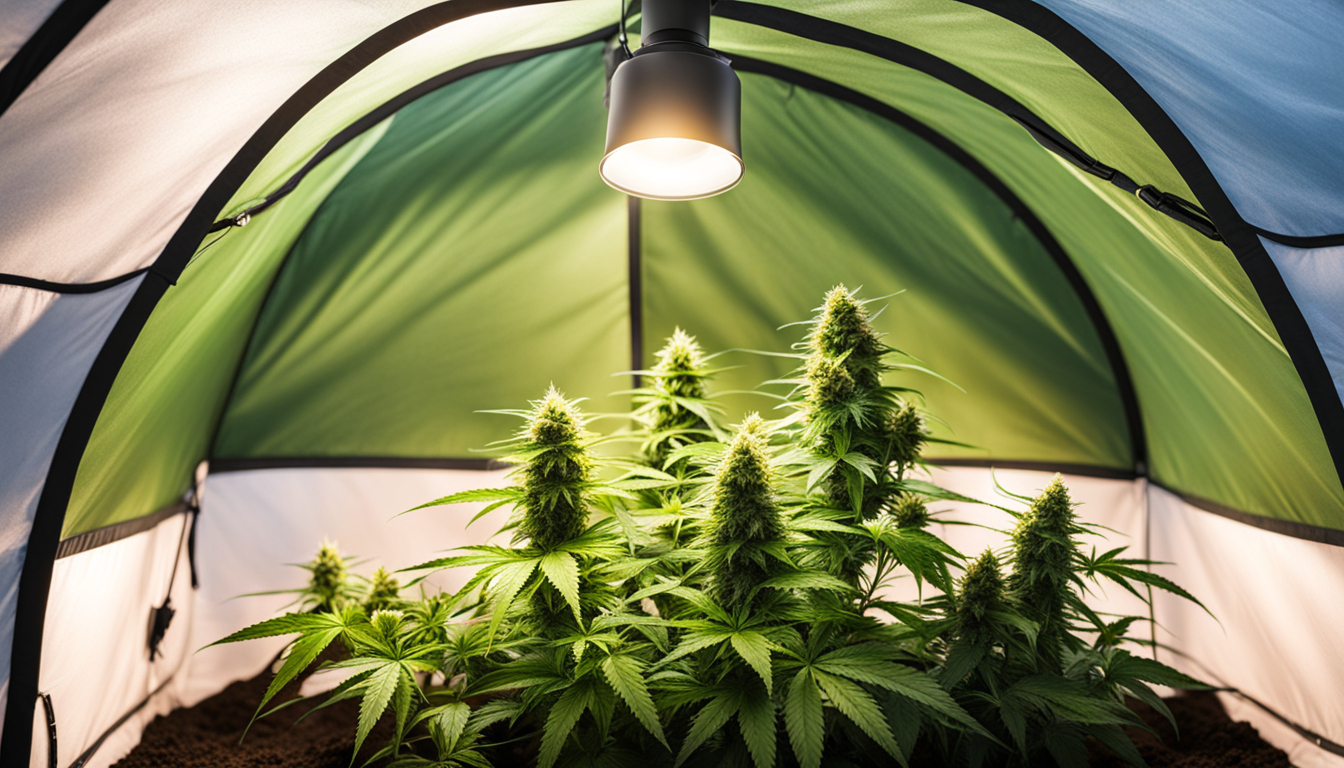
Setting Up Your Cultivation Space
Pot plants need the right controlled environment to thrive. Key factors for indoor farms are lighting, ventilation, layout, and finding the ideal discreet area.
Location
Choose an empty space with quick access to water and power outlets. An empty extra bedroom, unused closet, corner of the basement, or grow tent locked away in a garage all make great discreet cultivation room spots.
Lighting
Cannabis requires powerful light for all vegetative stages. LED grow lights are energy-efficient and come in full spectrum options replicating real sunlight. Cover 250-400 watts per square foot for the vegetative stage and 400-600 watts per square foot for flowering.
Airflow
Proper airflow and exhaust systems maintain ideal temp, humidity, and fresh CO2 levels. Set up silent 4-6 inch blowers or scrubbers to circulate stale air and reduce odors.
Layout
Maximize your space by positioning plants strategically under the lamps and allowing room to access and work around them. Set up distinct zones for vegetation, flowering, curing, and cloning.
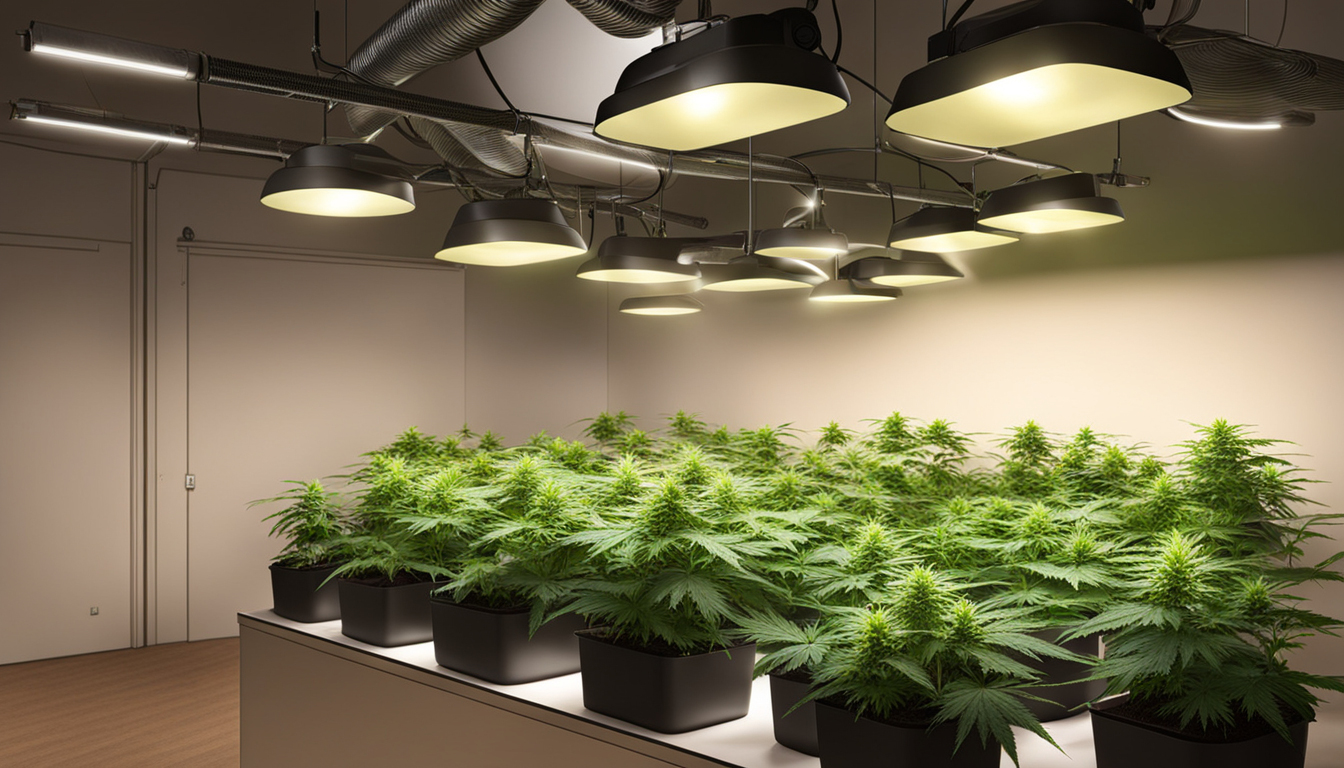
Cultivation Substrates
Weed can be cultivated in different substrates, each with benefits and cons. Pick a suitable option for your specific setup and growing style.
Soil
The classic substrate, soil is cheap and simple for beginners. It provides excellent flavor but requires more irrigation and fertilizing to feed plants. Enrich soil with perlite or coir to improve drainage.
Coconut coir
Made from coconut husks, renewable coconut fiber holds water but still allows air to the roots. It's cleaner and more consistent than soil. Use coco-specific nutrients to prevent calcium buildup.
Water systems
In water systems, plant roots grow right in fertilizer water solution. This enables quick growth but needs close observation of water chemistry. DWC and drip systems are common methods.
Germinating Seeds
Sprouting prepares your cannabis seeds to start growing taproots. This prepares them for transplanting into their cultivation medium.
Paper Towel Method
Put seeds between wet paper towels and keep them damp. Inspect after 2-7 days for emerging radicles showing germination is complete.
Direct Planting
Insert seeds right into wetted cultivation medium 1⁄4 inch deep. Gently water and wait 1-2 weeks until seedlings break through the surface.
Rockwool Cubes
Soak cubic rockwool starters in pH-adjusted water. Insert seeds 1⁄4 inch deep into the cubes. Keep cubes wet until sprouts emerge within 1-14 days.
Repotting Young plants
Once germinated, cannabis seedlings need to be repotted to prevent overcrowding. Move them into Subscribe Now proper sized pots.
Ready Containers
Fill final pots with cultivation medium enriched with time-released nutrients. Allow containers to soak up water for 8-12 hours before repotting.
Gently repotting
Gently separate seedling roots from germination medium using a spade. Put into pre-soaked pot at same depth as before and lightly water in.
Growth Stage
The growth stage encourages leafy growth and plant structure through 18-24 hours of daily light intensity. This stage usually lasts 1-2 months.
Using 3/4 to full day of Lighting
Use lamps on a 24 daily cycle or natural sunlight to trigger constant photosynthesis. Light intensity influences size and node distance.
Nutrients
Use grow stage fertilizers higher in nitrogen. Make sure pH stays around 6.5 for proper nutrient absorption. Feed 1⁄4 to 1⁄2 strength after 14 days and strengthen slowly.
LST and topping
Fimming, LST, and trellising direct shoot shapes for flat foliage. This boosts yields.
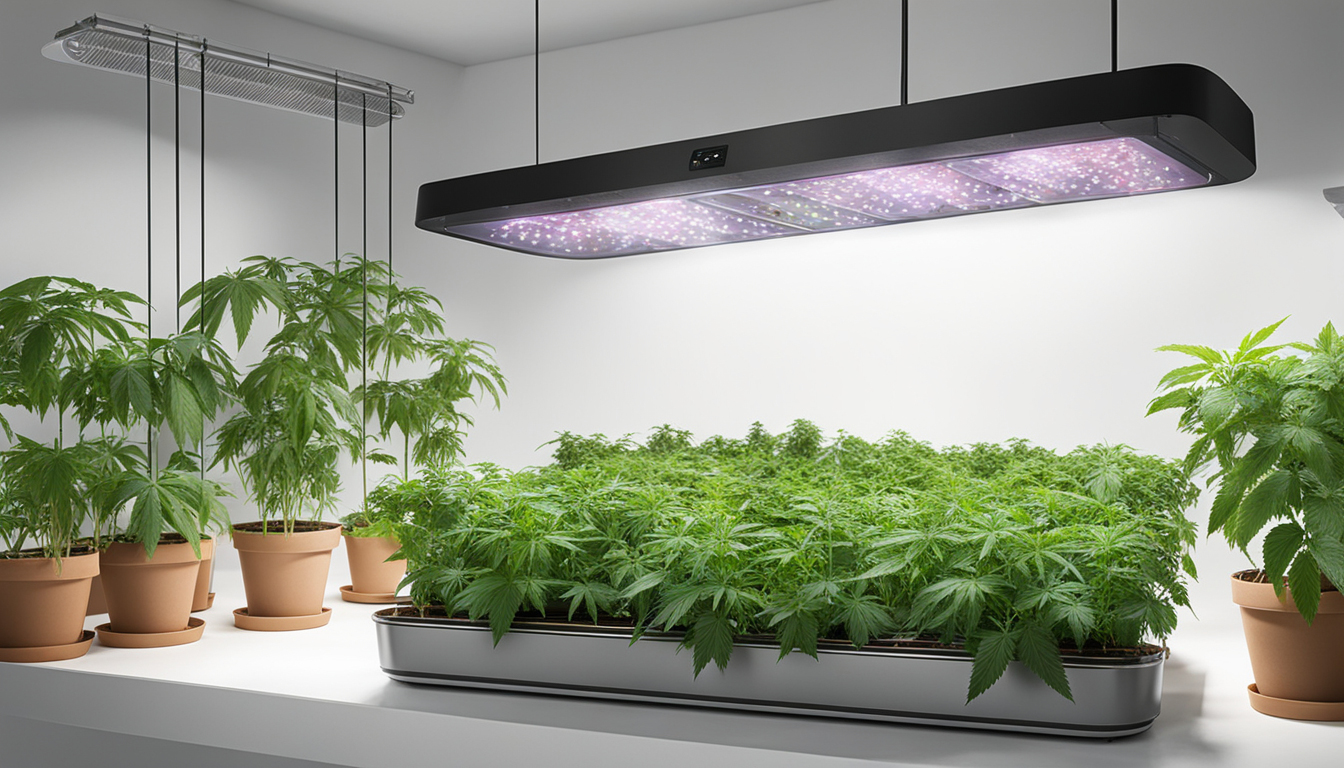
Bloom Stage
The blooming stage develops buds as plants reveal their sex under a 12/12 light timing. It lasts 2-3 months based on strain.
Changing Light Schedule
Switch lamps to 12/12 or move outdoors for outdoor 12 hour cycle. This triggers plants to start flowering.
Flushing
Leaching removes nutrient salts to improve flavor. Feed weakly the first weeks then just use pH'd water the last 2 weeks.
Flushing
Maintain 12 hour photoperiod but flush using pH-balanced water only. Resume clean watering if buds aren't mature after two weeks.
Reaping
Recognizing when weed is fully ripe delivers peak cannabinoid content and Donate Here aroma. Harvest plants at optimal maturity.
Identifying Ripeness
Check fading pistils, swelling calyxes, and 10-15% amber trichomes. Inspect buds across the plant as they don't all mature evenly.
Cutting Plants
Use clean, sharp trimming scissors to gently cut each plant at the base. Leave 5-10cm Contact Us Today of stem attached.
Drying
Suspend whole plants or colas inverted in a dark room with moderate temperature and humidity around 45-65% for 7-14 days.
Aging
Aging continues desiccating while aging the buds like fine wine. This technique smooths bitterness and further develops cannabinoid contents.
Jars and Humidity
Manicure dried buds from stems and store into sealed containers, filling about 75% capacity. Use a hygrometer to monitor jar moisture.
Opening jars daily
Open containers for a few hours each day to slowly reduce humidity. Rehydrate buds if humidity goes under 55%.
Long term storage
After 2-3 weeks when moisture stabilizes around 55-60%, perform a last trim and keep long-term in airtight jars.
Common Problems and Solutions
Even seasoned cultivators run into various marijuana plant problems. Identify problems early and fix them properly to keep a healthy garden.
Poor feeding
Yellowing leaves often signify insufficient nitrogen. Anthocyanins and leaves show low phosphorus. Check pH and boost nutrients slowly.
Pests
Thrips, aphids, fungus gnats, thrips, and nematodes are common marijuana pests. Use neem oil sprays, ladybugs, and yellow traps for natural control.
Powdery mildew
High humidity encourages botrytis and bud rot. Increase airflow and circulation while reducing humidity under 50% during flowering.
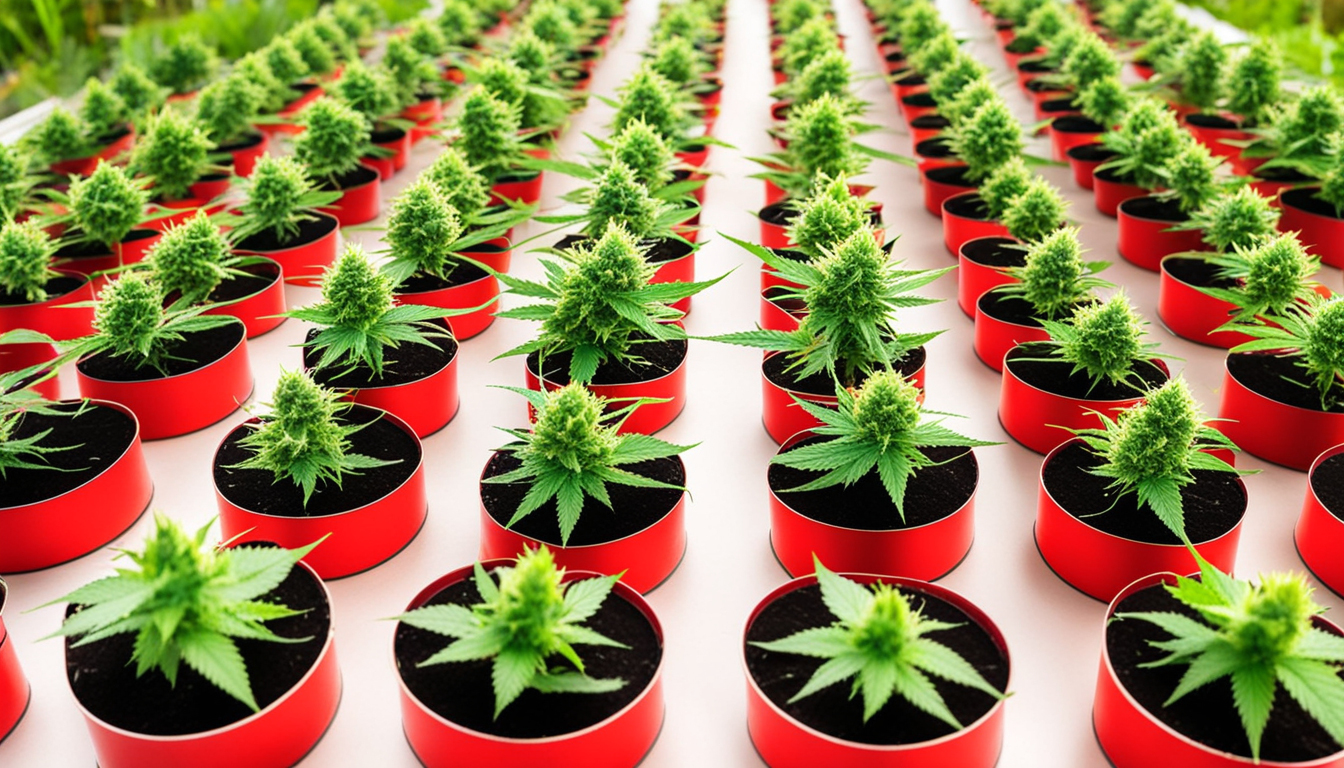
Summary
With this complete indoor cannabis cultivation guide, you now have the info to cultivate plentiful potent buds for personal grows. Apply these techniques and techniques throughout the germination, growth, and bloom stages. Invest in quality equipment and closely check on your plants. In time, you'll be compensated with frosty fragrant buds you raised yourself under the loving care of your green thumbs. Happy growing